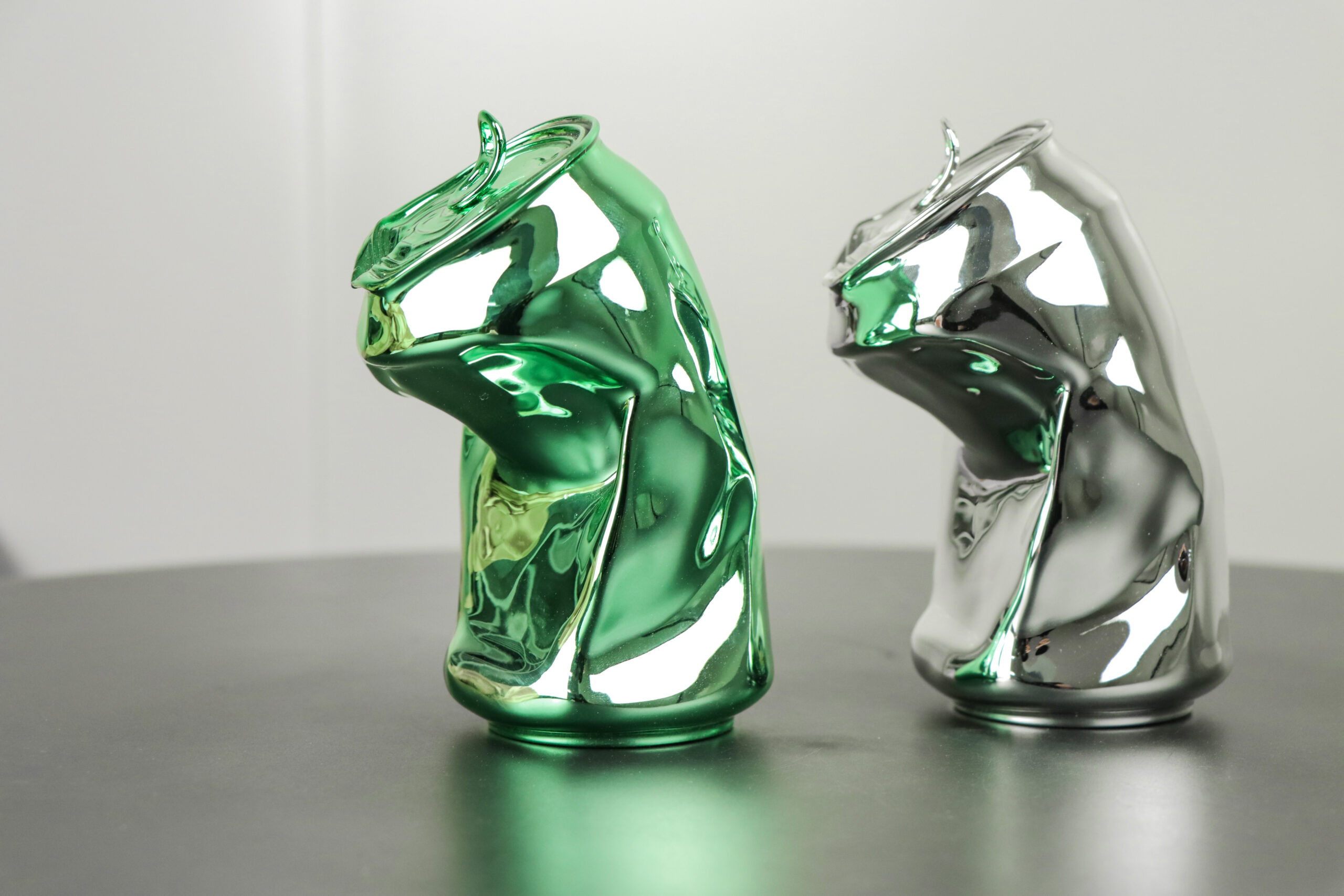From Idea to CAD File: The Foundation of Additive Manufacturing
The process begins with designing a digital model—typically created using professional CAD software such as SolidWorks, Autodesk Fusion 360, Siemens NX, CATIA, or Rhino. Here, the part’s geometry is defined in three dimensions. A key point: The more precise and well-thought-out the model, the better the print quality and eventual functionality. Details like minimum wall thicknesses (often process-dependent, e.g., 0.8 mm for FDM), overhangs (which may require support structures), delicate features, and the integration of cavities or lattice structures must be carefully considered during design. An often overlooked aspect is the orientation of the part within the build volume at this stage, as it influences the need for supports, surface finish, and mechanical properties. Post-processing considerations should also be anticipated early on (Design for Additive Manufacturing – DfAM).
Slicing – Translating the Model for the Printer: From Volume Model to G-Code Instructions
The finalized CAD model is first converted into a machine-readable tessellated format—most commonly STL (Standard Tessellation Language) or the more advanced 3MF (3D Manufacturing Format). STL describes the model’s surface as a mesh of triangles but does not include color or material data, whereas 3MF supports additional features like color, textures, and material information, which are beneficial for more complex applications.
Next comes “slicing”: A slicer program (e.g., Cura, PrusaSlicer, Simplify3D, or proprietary software like Materialise Magics for industrial use) divides the 3D model into numerous thin layers. For each layer, the slicer calculates detailed toolpaths (G-Code), infill patterns (such as honeycomb, grid, or linear patterns affecting strength and weight), layer heights (typically between 0.05 mm and 0.3 mm depending on desired detail and print time), the necessity and geometry of support structures, as well as other critical printing parameters like extrusion temperature (nozzle and heated bed), print speed, fan settings, and retraction. Every one of these decisions heavily impacts the final part’s mechanical properties, surface quality, dimensional accuracy, and printing duration. Incorrect infill can weaken a part, while inadequate supports may cause overhangs to collapse.
The Printing Process: Layer-by-Layer Material Transformation
Depending on the chosen printing technology (FDM/FFF, SLS, SLA/DLP, SLM/DMLS, Binder Jetting, etc.), the physical manufacturing begins as the printer executes the sliced data layer by layer.
-
FDM (Fused Deposition Modeling) / FFF (Fused Filament Fabrication): A thermoplastic filament is melted and precisely deposited through a nozzle, where it solidifies and bonds with the previous layer. Controlling extrusion temperature, flow rate, and first-layer adhesion is critical.
-
SLS (Selective Laser Sintering): A laser selectively fuses powder particles (e.g., polyamides) layer by layer. Maintaining build chamber temperature is crucial to prevent warping.
-
SLA (Stereolithography) / DLP (Digital Light Processing): A UV laser or projector selectively cures liquid photopolymer resin. Precision and correct exposure time are paramount.
-
SLM (Selective Laser Melting) / DMLS (Direct Metal Laser Sintering): A high-power laser fully melts metal powder to fuse it, producing dense metal parts. Protective gas atmosphere, laser power, and scan strategy are key factors.
Environmental control (temperature, print speed), machine calibration (bed leveling, extruder calibration), and material quality significantly affect print outcomes. Deviations can cause layer separation, warping, stringing, under-extrusion, or other defects.
Post-Processing – The Final Touch: From Raw Print to Finished Part
Almost all additive manufacturing processes require some form of post-processing to achieve the desired surface finish, dimensional accuracy, or mechanical specifications.
-
FDM parts usually require manual removal of support structures; surfaces can be improved by sanding, polishing, or chemical smoothing (e.g., acetone vapor for ABS).
-
SLA/DLP parts must be cleaned to remove excess resin and then post-cured in a UV chamber to reach full mechanical strength.
-
SLS parts require removal of unsintered powder (often by blasting or brushing) and may be dyed or coated afterward.
-
SLM/DMLS metal parts involve more complex post-processing, such as heat treatment to relieve stresses, removal of supports (often by wire EDM or milling), grinding, polishing, or CNC machining to ensure high precision.
In industrial production, additional coatings (e.g., for corrosion resistance or aesthetics), painting, or mechanical finishing (thread cutting, fit adjustments) are common to prepare parts for end-use.
Conclusion: A Synergy of Precision and Expertise
The journey from a digital design to a finished 3D-printed object is a highly precise and multifaceted process with many interdependent steps. Ensuring quality, functionality, and cost-efficiency demands deep understanding of every stage—from design philosophy (DfAM) and materials science to process control. Achieving perfect results and unlocking the full potential of additive manufacturing requires either building this expertise in-house or relying on experienced partners like AM Worx, who guide you competently, collaboratively, and solution-oriented through this complex workflow.
